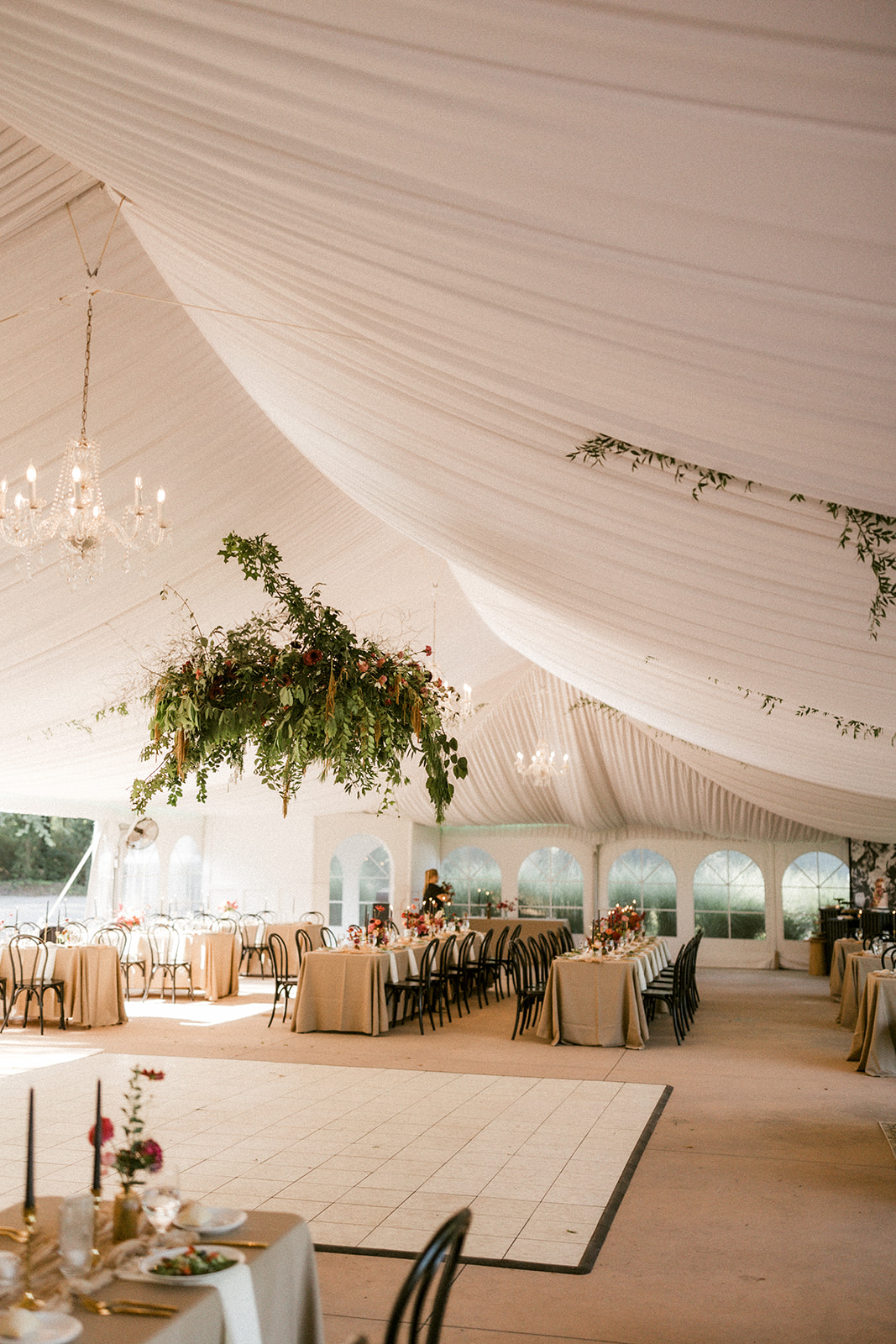Enhancing Motion and Emotion Through Creative Lighting Concept on the Dance Floor
Wiki Article
Lighting architecture plays a crucial role in improving the experience of movement shows and events. It is not just about illuminating the space; it is about establishing an atmosphere that complements the motion and feeling of the performers. Innovative lighting methods can transform a basic dance floor into a dynamic setting that engages the spectators and amplifies the storytelling aspect of the show. By using various types of lighting, creators can highlight particular movements, create atmospheres, and elicit feelings that connect with the audience.

One of the essential components of successful lighting planning is the use of hue. Different colors can invoke varied emotions and establish the tone for a performance. For example, hot colors like red and orange can create a sense of enthusiasm and vitality, while colder colors like blue and green can convey serenity and peace. By carefully positioning colored lights around the dance stage, designers can direct the spectators' affective reaction and enhance the overall effect of the show. This thoughtful use of color not only highlights the dancers but also helps to tell a story through visual means.
Another crucial factor of lighting design is the use of motion. Active lighting can mimic the movements of the dancers, producing a sight beat that complements the dance. For example, lights can be programmed to change brightness or direction in sync with the performers' actions, adding an additional layer of thrill to the show. This synchronization between light and movement can captivate the spectators, making them feel more engaged to the performance. Additionally, dynamic lights can form patterns and figures on the dance floor, further enhancing the visual experience.
The placement of lights is also crucial in creating an engaging environment. By using a combination of ceiling lights, spotlights, and floor-mounted fixtures, creators can create depth and layers on over at this website the dance floor. This stacking of light can assist to outline the space and draw focus to specific areas where the action is taking place. For example, a spotlight can be used to concentrate on a individual dancer, while background lighting can illuminate the rest of the area, producing a differentiation that emphasizes the performance. This considerate setup of lights can guide the audience's attention and enhance their comprehension of the performance.
Finally, the incorporation of technology in lighting design has unlocked up new possibilities for innovation and originality. Sophisticated lighting technologies allow for precise control over color, intensity, and motion, allowing creators to create intricate and dynamic visual displays. Programmable lighting can be coordinated with music and choreography, resulting in a smooth blend of audio and light that improves the overall encounter. As technology continues to advance, the potential for creative lighting design in dance shows will only expand, offering thrilling possibilities for artists and spectators alike.